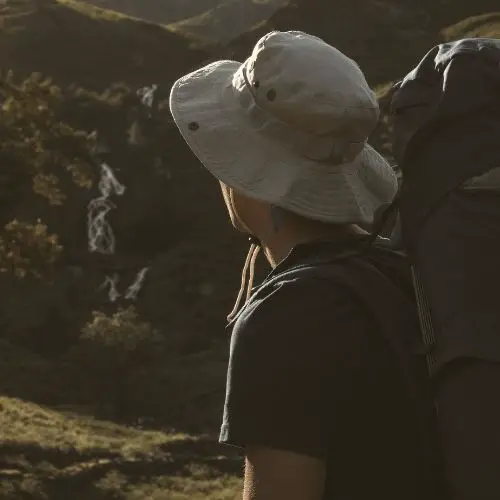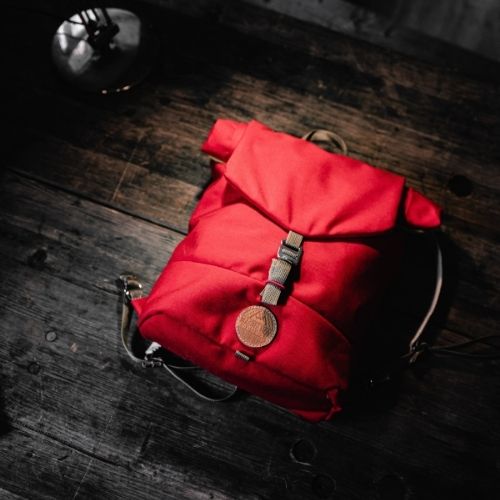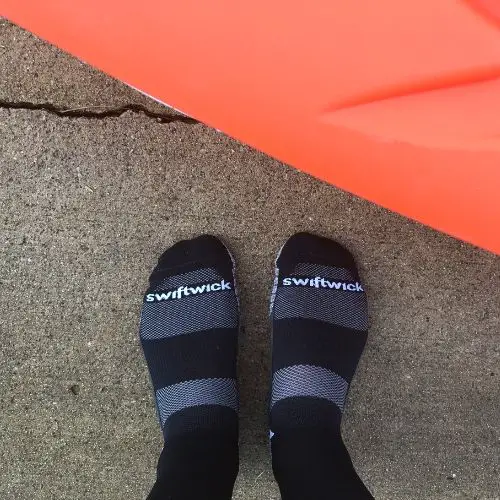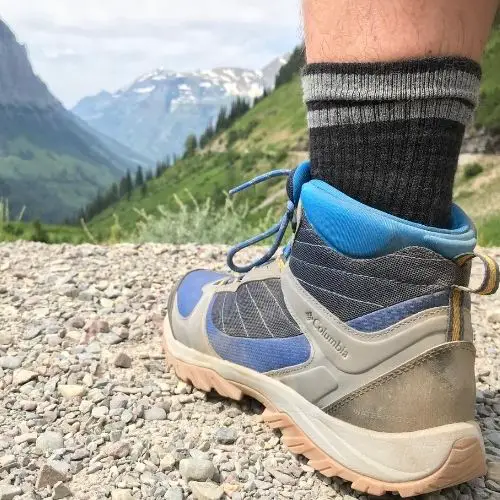We may get commissions for purchases made through links in this post. Thanks for the support! 👍
When you think of backpacking, you probably think of large, cumbersome backpacks carrying everything from a tent to cooking equipment to food and water. The more weight the backpacker has to carry, the more energy he or she has to expend in order to unpack, repack and move gear. This can use up valuable time and the progress made during each day’s hike could be shortened.
One alternative to this is lightweight backpacking. Lightweight backpacking is simply safe backpacking using lighter gear. Shelter, water, food, among other necessities, are all accounted for while reducing the weight of the backpack.
There are four steps that every lightweight backpacker will follow when preparing for a hike.
These are:
- Removing non-essential items
- Downsizing essential gear
- Considering lightweight alternatives to the materials of the essential gear
- Learning skills that make certain items unnecessary
Lets dig into each a little bit more.
Removing non-essential items

Removing non-essential items is taking a minimalist approach to backpacking. The lightweight backpacker will draw up an inventory of their gear and begin removing items that do not ned to be taken.
Lightweight backpacking must prioritize safety above all else and a hiker will only leave behind gear that he or she can truly do without. A lightweight backpacker will then downsize the essential gear as much as it is safely possible.
Downsizing essential gear
Downsizing is simply the replacement of gear with alternatives that perform the same function to the same standard.
In warmer and dryer conditions, for example, a tarp might be a sufficient replacement for a tent. You do not necessarily need a tent pole for a tarp and can simply use pegs and cord. This means that a tarp can be folded and set up in a wide variety of ways.
Tarps are also more versatile than tents in that they are not simply designed for sleeping in. For example, they can be used to cover the ground or as a daytime shelter from the elements.
Food is another example of where downsizing can be applied. By dehydrating food beforehand and removing the water contained inside, the lightweight backpacker can continue to feed him or herself while keeping the weight of the backpack down.
Lightweight gear alternatives

The material of the gear is also an important consideration when lightweight backpacking and a lot of common hiking-related items such as tents, tarps, clothes, and even the backpacks themselves, are manufactured with alternative lightweight materials.
Different materials are suitable for different terrains and weather conditions, so it is important that a lightweight backpacker is certain that the alternative material will offer the same protection and comfort.
- TheTentLab New Improved Ultralight Backpacking Potty Trowel
- Hyke & Byke Katahdin 15 & 0F 625 Fill Power Hydrophobic Sleeping Bag
- UCO Collapsible Cup for Hiking, Backpacking
Learning new skills
The final step to preparing for a lightweight backpacking adventure is to learn skills that make certain pieces of gear unnecessary.
One example is to learn how to build and light a campfire for cooking instead of using modern cooking equipment.
Another possibility is learning how to gather and purify water from natural sources. The lightweight backpacker must ensure that their newfound skills are not solely relied upon.
To use these examples, it is important for the lightweight backpacker to bring emergency cooking equipment and a water supply in case it becomes apparent that the environment cannot offer the necessary materials for a campfire or a sufficient water supply.
Conclusion
Nevertheless, by following these four steps it is entirely possible for an experienced hiker to begin pursuing lightweight backpacking.
It is extremely fun, while a little more risky, and can be rewarding once you have completed your first trip in one peice.
Stay safe, and be smart!


